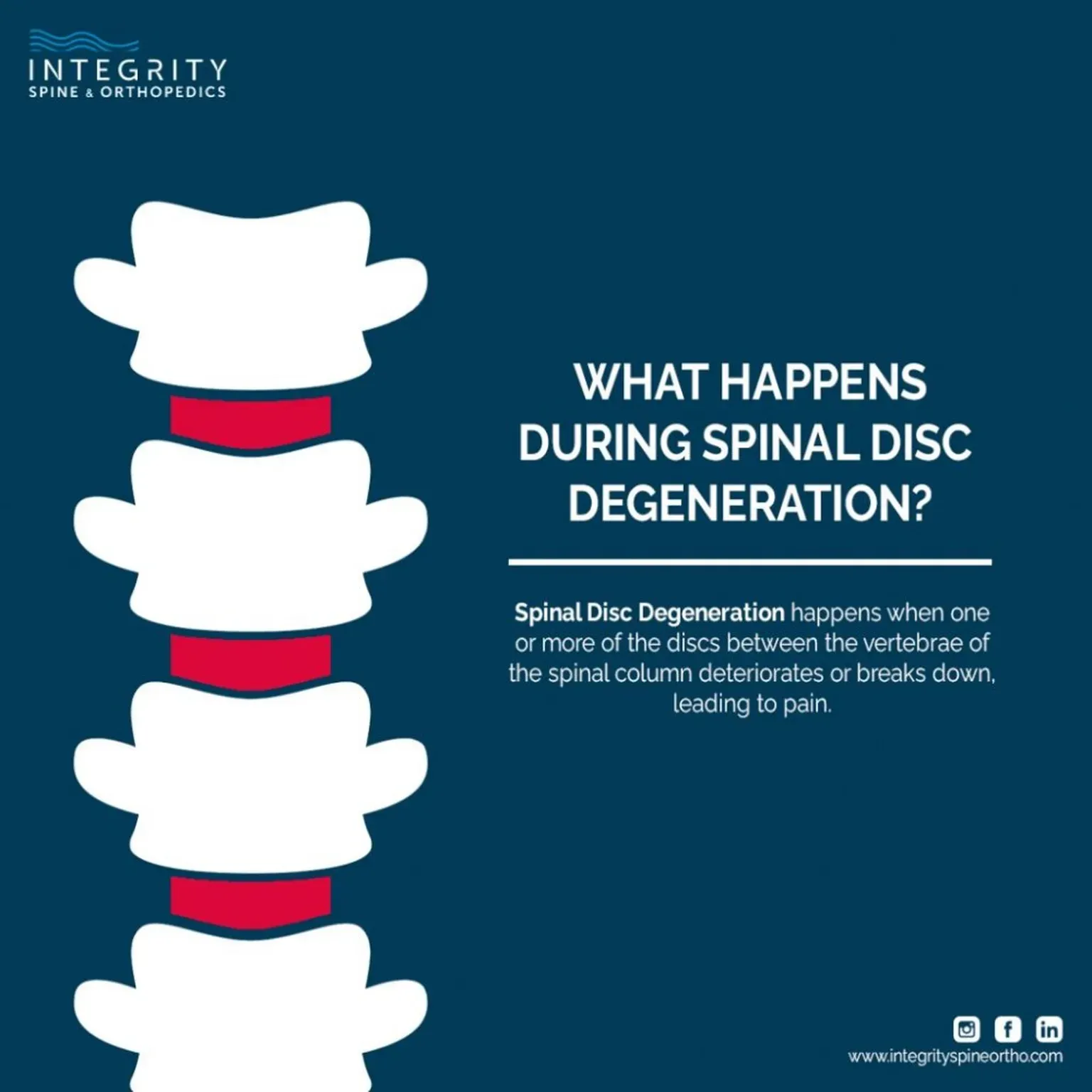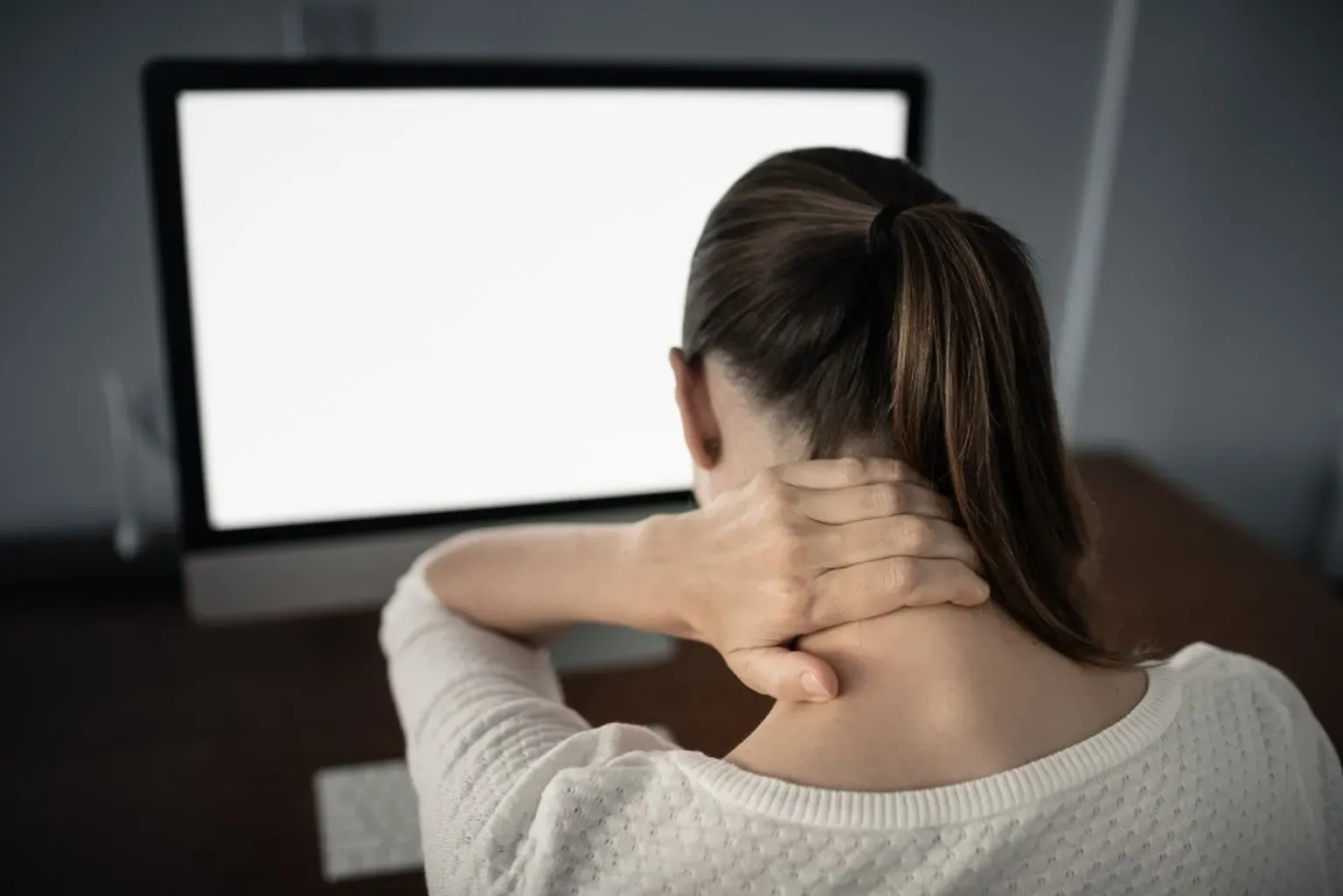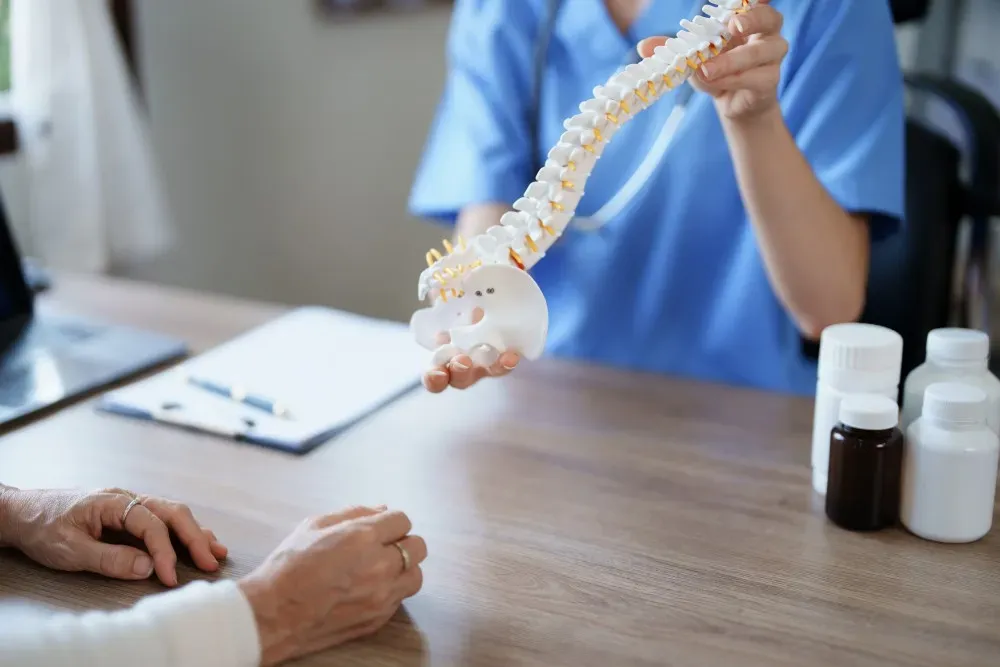Neurosurgery & Orthopedic Surgeons in Jacksonville

What Happens During Spinal Disc Degeneration?
Spinal disc degeneration is a natural and normal part of aging. Tough, rubbery spinal discs wear many hats in the spine — they cushion and protect vertebrae, absorb shock, and facilitate spinal movements like bending and twisting.
Spinal disc degeneration is a natural and normal part of aging. Tough, rubbery spinal discs wear many hats in the spine — they cushion and protect vertebrae, absorb shock, and facilitate spinal movements like bending and twisting. Over time, daily stresses and everyday wear and tear take their toll and discs begin to degenerate. Pain and symptoms associated with disc degeneration are classified under the condition degenerative disc disease.
You may be surprised to know that spinal discs begin degenerating as early as your 20s. But the degenerative process is slow and gradual, and many people don’t start having back or neck pain and other symptoms until their 50s or 60s. There are several risk factors that can speed up the degenerative process, including obesity, past back injuries, and genetics.
Degenerative disc disease is a significant cause of back pain for many people. Keep reading to learn more about what’s happening in the spine when discs start to degenerate.
COMPLICATIONS OF DISC DEGENERATION
Not everyone experiences degenerative disc disease the same way. While everyone develops some degree of disc degeneration with age, the level of damage varies from person to person. Some people live with severe disc degeneration for years without having any symptoms, while others experience debilitating pain from mild damage.
As spinal discs degenerate, the following changes can occur.
- Wear and tear. Normal aging causes spinal discs to dry out and develop tiny cracks and tears. As discs lose water, they flatten and become less able to absorb shock from movement. These accumulated damages leave discs vulnerable to more serious injuries.
- Bone spurs. Disc degeneration can cause overgrowths called bone spurs to form on affected vertebrae. While some bone spurs are painless, others cause pain when they protrude into the spinal canal and compress or irritate nerve roots. Nerve root compression can lead to back or neck pain, and burning pain, numbness, tingling and weakness that radiates down an arm or leg.
- Herniation. When a spinal disc is weakened by small cracks and tears, an injury or continued pressure on the spine can cause the disc’s inner material to push through a crack and leak into the spinal canal. A herniated disc may irritate nearby spinal nerves, causing pain, numbness, tingling and weakness that starts in the back or neck and travels down a leg or arm. Sciatica is a common symptom of a lumbar herniated disc.
- Discogenic pain. Discogenic pain refers to pain originating from a damaged spinal disc. This type of pain is typically localized to the affected disc and doesn’t radiate to other parts of the spine. Doctors believe that discogenic pain occurs when the nerve fibers in a disc’s outer ring are inflamed or irritated by degenerative changes.
- Osteoarthritis. Disc herniation, loss of disc height, and other degenerative changes shift more stress and pressure to the facet joints in the spine. Osteoarthritis develops when the articular cartilage covering spinal joints wears down and erodes, causing the bones to rub against each other. Osteoarthritis leads to back pain, stiffness and loss of movement in the spine.
- Spinal stenosis. Degenerative disc changes cause the spaces within the spine to narrow, which frequently puts pressure on nerve roots as they exit the spine. Nerve compression and irritation lead to symptoms like back or neck pain, and pain, numbness, tingling and weakness that travels down the arms or legs.
WHEN SHOULD I SEE A DOCTOR?
Degenerative disc disease typically progresses gradually over several years. In the early stages, you may not have any pain or symptoms at all. If symptoms develop, they may start slowly and come and go at first. Back or neck pain is usually the first noticeable sign of degenerative disc disease.
You should see your doctor for an evaluation if you’re experiencing the following:
- Back or neck pain lasting longer than a few weeks (either persistently or coming-and-going)
- Pain that radiates down an arm or leg
- Numbness, weakness, or tingling that radiates down an arm or leg
- Loss of range of motion in the spine
- Pain that worsens with sitting, bending or twisting
Treatment varies from person to person. Your doctor might start you off with medications, stretches and physical therapy. If pain continues, you may benefit from a therapeutic injection or nerve block. Surgery is the last treatment option to remove or repair a damaged disc.
FIND TOP-NOTCH SPINE CARE AT INTEGRITY SPINE AND ORTHOPEDICS
Degenerative changes in the spine can lead to chronic back or neck pain, loss of mobility and other disabilities that affect your quality of life. At Integrity Spine and Orthopedics, we offer a range of treatments to relieve pain for acute and chronic back, spine and joint conditions. Our clinic specializes in orthopedic care, pain management and minimally invasive spinal surgeries.
Let’s get you back to doing the activities you love. Call us or reach out online to schedule an appointment in our Jacksonville clinic.




